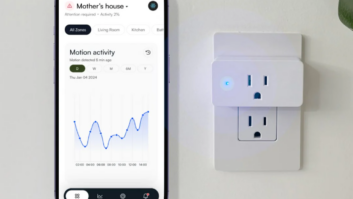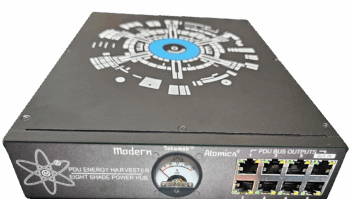Consumers have long been promised a smart home that is connected, enhanced and in tune with their every want and need. But the truth is, we, the smart-home industry, have largely failed them. Our initial excitement to create “cool” devices has left consumers with products that fail to add real value and they deem unnecessary.
The good news: We’ve recognized this and are coming together to provide solutions. In the past few years, there has been a concerted effort to develop platforms or hubs for these products to work in concert with each other, inherently expanding products’ singular value.
Google Home and Amazon Alexa have emerged as introductory smart-home platforms that are already starting to connect devices. As homeowners start to adopt and use these platforms to link multiple devices, our home Wi-Fi networks face an increasingly tough challenge in keeping up with network demand.
For a long time, improving speed has been the focus of network providers, but today’s increasingly connected world is presenting challenges related to density, not speed. Anyone who has ever been in a crowded airport knows this frustration — seeing Wi-Fi available but unable to connect. This is due to a weak signal, which is the result of an overcrowded network of many devices trying to connect to one signal at one time.
Our networks must improve to handle this density, bringing the idea of IoT into reality and the associated complications with that challenge.
UNCLOGGING THE NETWORK
While the average home network can theoretically handle 250 connected devices, many routers cap that at 50 to ensure that the speed and reliability is maintained. To put that in perspective, the average digital consumer owned almost four connected devices in 2016, so in a household of four people, one-third of the network cap is already reached.
As the number of connected devices we own increases to include smart cars, TVs and other appliances, every home is going to start to experience the same connectivity headaches we have in an airport: tons of devices trying to connect and talk to each other, at once, over one Wi-Fi network. To make matters worse, every home is going to be surrounded by other “airports,” causing even more density issues.
A report by Cisco suggests the number of M-to-M connections will increase nearly three times, reaching 12.2B by 2020. It becomes clear why our IoT dreams, with devices in constant connection and communication with each other, become tricky to turn into reality. Soon the responsibilities carried by machines will grow, too, meaning that gadgets not only need to have a safe and secure connection, but also a reliable one.
WHAT’S IN THE WORKS TODAY
It’s understandable why there is immense pressure on the network to keep up now more than ever, so carriers and network providers are actively looking for solutions to allow for much higher density of devices on a singular network.
For example, Qualcomm recently introduced a new infrastructure that will improve Wi-Fi connectivity and is poised to help with enhanced interconnectivity among smart-home devices. The 802.11ax solutions introduced are going to be huge for smart homes and IoT as they will aid in the density issue that many are facing.
Another effort is that in the form of 5G. While not pure Wi-Fi, 5G networks could significantly assist in powering all of our internet-connected devices to decrease the density challenges. These networks are poised to, of course, be faster than their 4G counterparts. They are also anticipated to be much smarter by leveraging sensors found in wearables, appliances, cars and more to better connect products.
These examples are just two of the most popular solutions being explored, but this is an issue that we, the smart-home organizations, have to also face. We must set the stage for not only the connected home but also the connected life. Soon, our interior lights will flick on, our ovens will start to preheat for dinner and the music we’re streaming in our car will transition to our home speakers — all from just pulling into the driveway.
Until we have a network that can handle all of those connected devices at once, that reality will stay a fantasy. The time is now for us all to come together and act.
Haomiao Huang is chief technology officer and co-founder of Kuna Systems, a provider of smart-home security systems.












